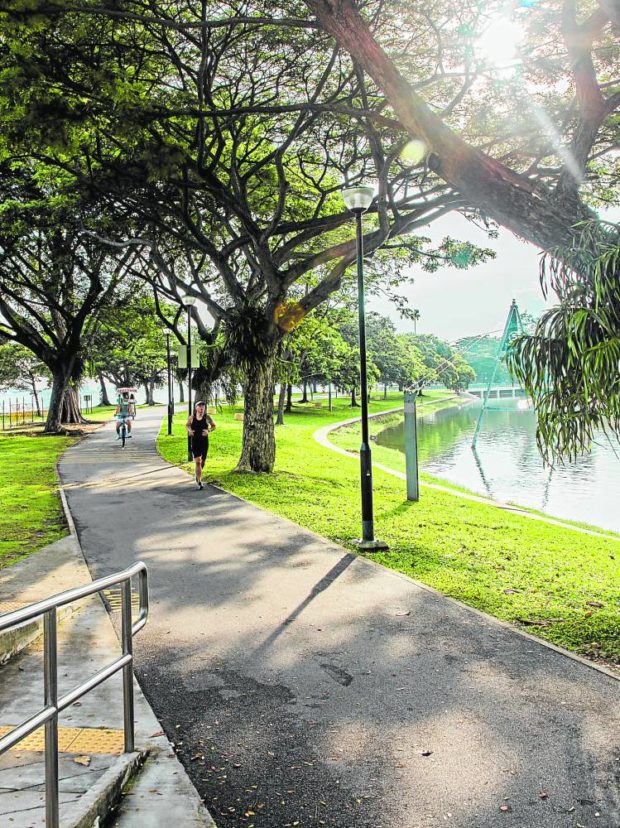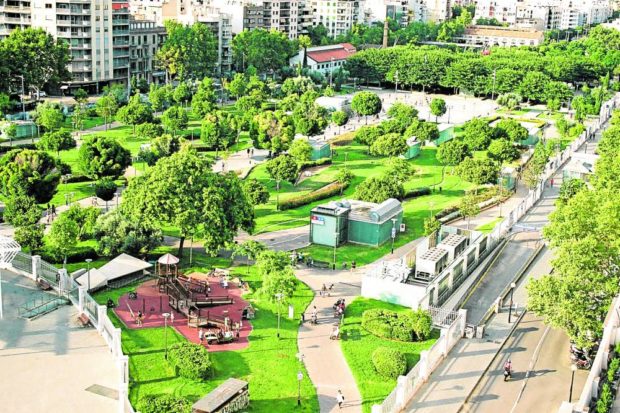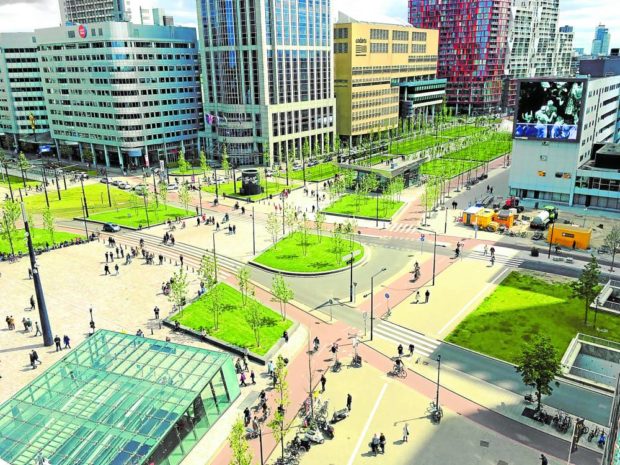Top 7 traits of remarkable estate developments
As urban areas evolve, estate developments often become growth catalysts outside metropolitan epicenters. Today’s developers explore various strategies to enhance the market positioning of estate experiences to fulfill demands for a modern, green, innovative and interconnected community lifestyle.
Strategic positioning with land use
The placement of the new estate must be in proximity to regional key areas or within the growth corridors designated by the municipal’s land use planning department. The capacity to integrate with the province’s planned future will enable the development to anticipate real estate values where they matter.
Flexibility in project sizing and phasing
Having the ideal size for an estate is vital for a healthy society. Besides encouraging commercial investment, a suitable size also allows for adequate resources and amenities to promote viability. To scale the population gradually, it is vital to position commercial activity at the center of each development phase. Consistent with each phase shift should be the existence of a growth plan outlining the estate’s future.
Variety in residential options
As diverse sectors of the population seek alternative, livable neighborhoods outside of congested city centers, estates must begin to provide various residential options to meet the needs of residents of varying income levels. Different housing types create a notable difference in livability compared to previous ones, appealing to emerging markets.
Transportation mobility
A multi-node urban transport system depicts a progressive estate plan. This includes shuttle services and integrated cycling or pedestrian networks. Transportation systems must link employment and cultural locations with buses and other cycling and pedestrian networks. The estate’s growth must also be compatible with future public transit networks. Consequently, these modes of transportation must also provide connections to regional destinations.
The competitive advantage of extensive amenities
Numerous amenities enhance the desirability and livability of every new estate development. A significantly integrated estate facilitates a healthy and joyful existence, from wellness to education to lifestyle facilities. Residents could work on their health and fitness, meditate, study or even pursue a pastime. Estates must also provide parks and gardens that allow for social gatherings and other recreational opportunities.
Affordable maintenance with sustainability
New estates have several obstacles in their day-to-day operations, including repairs, maintenance, garbage collection, outages, and irrigation administration. Developers should prioritize sustainability as part of design and emergency planning, while preserving a cost-effective, livable, dynamic environment for all residents through recycling, reducing, and reusing resources.
The value of ingenious designs
Creativity in design plays a crucial role in shaping the dynamic experience of living, working, and playing sensibilities. Good planning and design should effectively convey the community’s shared aspirations and the consequences of land use. A good designer gives possibilities to achieve several goals, including preservation of open space, community life, affordable housing, air quality, transit usage, and more walkable locations. Innovative anchor concepts, such as cultural parks, observation decks, golf courses, and urban beaches, must enhance township activities and promote the developer’s brand.
Unlocking better townships in the future
The opportunities in township development have motivated several developers to create unique selling points that provide a competitive advantage. To become competitive, experts, designers, and consultants must work together to reduce associated risks, assure the township’s financial viability, and include the industry’s best practices. In doing so, developers may appropriately maintain the venture’s core principles and the townships’ attractiveness to increase livability significantly.
The author is the principal architect at Fulgar Architects, pioneering unique and metamodern design specialties for various real estate projects from hospitality, condominiums, museums, and commercial to mixed-use township developments in the Philippines. He collaborates with multiple industry specialists to develop joint venture opportunities for landowners and investors. Please visit www.ianfulgar.com.




